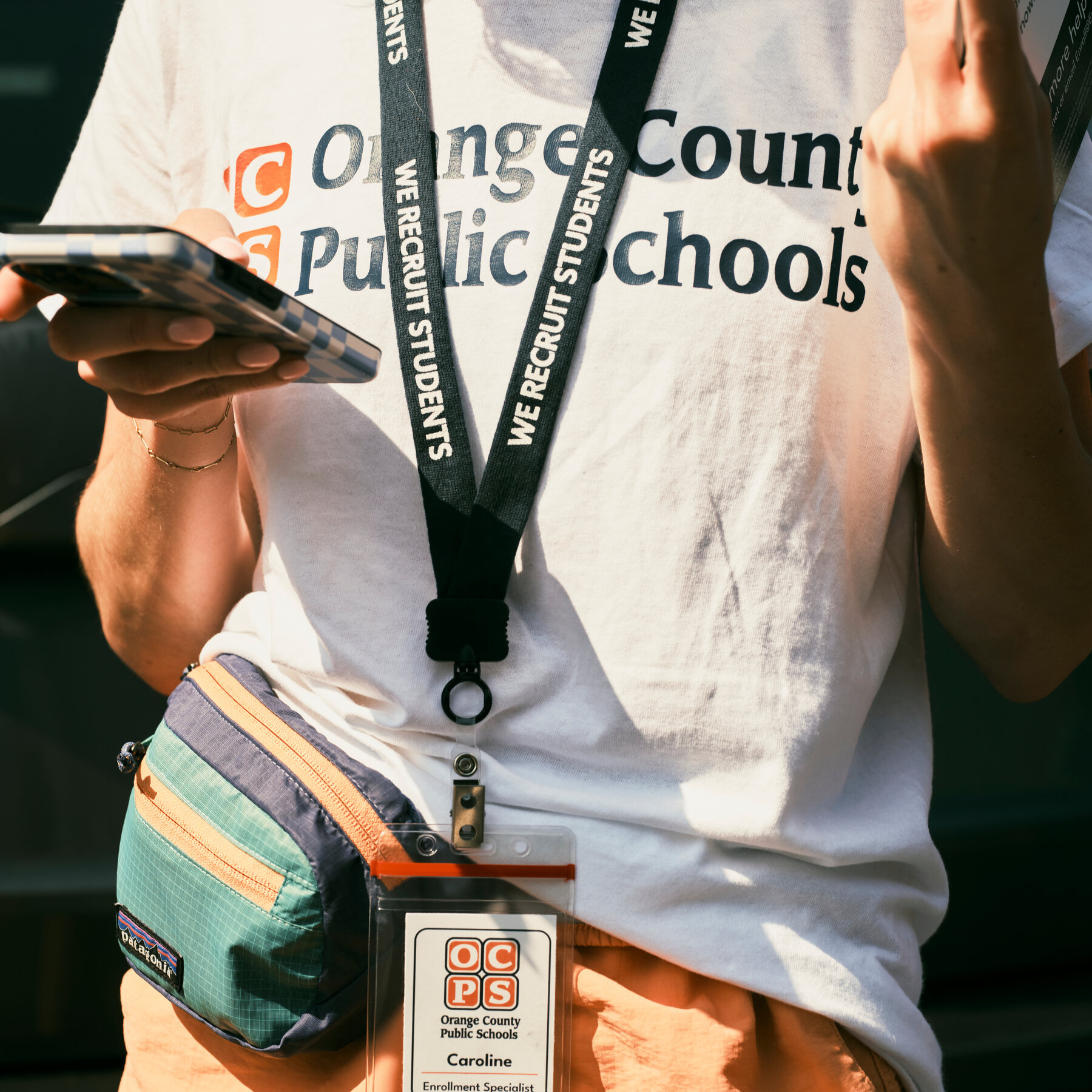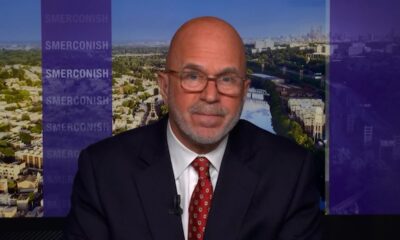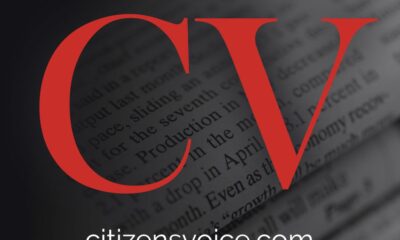Education
Parents Turn to Private Schools and Homeschooling Amid Enrollment Crisis

A significant shift in education choices is taking place as many parents are opting for private schools and home-schooling, leading to an enrollment crisis in public education systems across the United States. This trend, fueled by an increase in private-school vouchers and a growing acceptance of home-schooling, is reshaping the landscape of education for millions of children.
The latest data from the National Center for Education Statistics (NCES) reveals a troubling decline in public school enrollments. For the 2023-2024 school year, public schools are expected to see a drop of approximately 1.5 million students compared to the previous year. This decline is prompting serious concerns among educators and policymakers about the future of public education.
Factors Driving the Shift
Several factors contribute to this growing trend. The rise of private-school vouchers, which provide families with financial support to enroll their children in private institutions, has made this option more accessible. As of 2023, over 30 states have implemented voucher programs, allowing parents to redirect public education funds towards private school tuition.
Additionally, home-schooling has gained popularity, particularly since the onset of the COVID-19 pandemic. Many parents discovered the flexibility and personalized learning opportunities that home-schooling can offer. According to the National Education Association (NEA), the number of home-schooled students has surged by over 50% in some regions since 2020.
Impact on Public Schools
The enrollment decline poses significant challenges for public schools, which rely on state funding based on student attendance. With fewer students, schools may face budget cuts, reduced staffing, and limited resources. The implications are particularly severe in underfunded districts where public schools already struggle to provide quality education.
Educators warn that this trend threatens to exacerbate existing inequalities within the education system. Wealthier families often have the means to transition to private institutions or home-schooling, while lower-income families may have fewer options. This could lead to a widening gap in educational outcomes.
In response to these developments, public education advocates are calling for increased investment in public schools. They argue that more funding and resources are essential to improve the quality of education and retain students. The battle for the future of public education continues, as stakeholders seek solutions to ensure that all children have access to quality learning environments.
As the situation evolves, the long-term effects of this trend remain uncertain. With parents increasingly exploring alternatives to public education, the landscape of schooling in the United States is undergoing a significant transformation. The ongoing dialogue around educational choices will likely shape policies and practices for years to come.
-

 Technology5 months ago
Technology5 months agoDiscover the Top 10 Calorie Counting Apps of 2025
-

 Health3 months ago
Health3 months agoBella Hadid Shares Health Update After Treatment for Lyme Disease
-

 Health3 months ago
Health3 months agoErin Bates Shares Recovery Update Following Sepsis Complications
-

 Technology6 days ago
Technology6 days agoOpenAI to Implement Age Verification for ChatGPT by December 2025
-

 Technology4 months ago
Technology4 months agoDiscover How to Reverse Image Search Using ChatGPT Effortlessly
-

 Technology1 month ago
Technology1 month agoDiscover 2025’s Top GPUs for Exceptional 4K Gaming Performance
-

 Technology3 months ago
Technology3 months agoElectric Moto Influencer Surronster Arrested in Tijuana
-

 Technology5 months ago
Technology5 months agoMeta Initiates $60B AI Data Center Expansion, Starting in Ohio
-

 Technology5 months ago
Technology5 months agoRecovering a Suspended TikTok Account: A Step-by-Step Guide
-

 Health5 months ago
Health5 months agoTested: Rab Firewall Mountain Jacket Survives Harsh Conditions
-

 Health3 months ago
Health3 months agoAnalysts Project Stronger Growth for Apple’s iPhone 17 Lineup
-

 Lifestyle5 months ago
Lifestyle5 months agoBelton Family Reunites After Daughter Survives Hill Country Floods




















